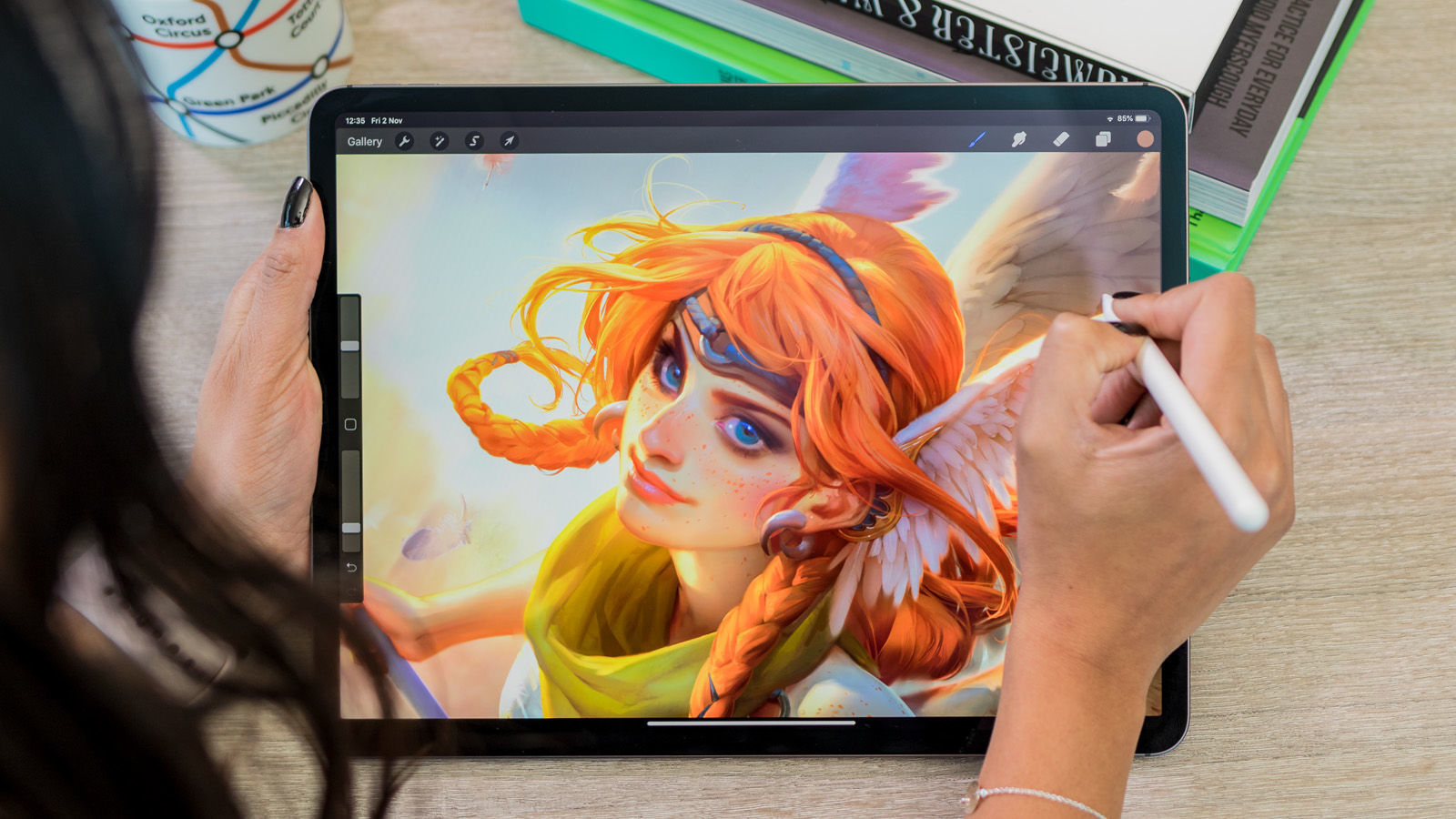Ever caught yourself daydreaming about that sci-fi moment where you just wave your hand to answer a call, skip a song, or even adjust your smart TV? Yeah, me too. And here’s the wild thing: that future isn’t some far-off fantasy anymore. Gesture control—where you interact with tech using just your hands—is popping up in our daily lives, and today, I want to break down why it matters, how it works, and what’s next for this game-changing tech.
Let’s start with the basics: What is gesture control, anyway?
At its core, it’s simple: gesture control is tech that “reads” your hand movements (or body gestures) and turns them into commands. No buttons, no touchscreens—just you moving, and the device getting it. Think of it like a really smart mirror that notices when you wave and goes, “Oh, you want to skip this song?”
It started small, mostly in gaming. Remember the Microsoft Kinect? That thing let you swing your arms like you were playing tennis or dancing without a controller. It felt almost magical—suddenly, you weren’t just pressing buttons; you were moving. But now? It’s way beyond gaming. You’ll find it in hospitals, cars, smart homes, and even in some of your everyday gadgets.
Where’s it showing up in real life?
Let’s run through the big ones, because this tech is way more common than you might think.
Gaming? Still a big player.
Okay, so it started here, but it’s only gotten better. Modern systems use cameras or motion sensors to track your moves, so you can “throw” a ball in a virtual game or “cast a spell” with a wave. It’s not just fun—it’s getting more immersive. I’ve seen friends play fitness games where they’re actually jumping, punching, or stretching to “beat” the game. No controllers, just you.
Hospitals: cleaner, safer, no-touch zones.
Ever think about how many hands touch hospital screens, keyboards, or patient charts? Yikes, that’s a germ magnet. Gesture control fixes that. Doctors can flip through X-rays, update patient notes, or even adjust equipment—all with a wave. No more wiping down screens between patients, and no more spreading germs. It’s a small change, but it adds up to big safety wins.
Cars: keep your hands on the wheel, eyes on the road.
If you’ve ever fumbled with a touchscreen to change the volume or answer a call while driving, you know how risky that is. Gesture control in cars? It’s a lifesaver. A quick flick of the wrist to skip a song, a wave to take a call, or a simple swipe to adjust the AC—all hands-free. No more taking your eyes off the road. Car companies are even testing gestures to unlock doors or turn on the headlights.
Smart homes: your hands, your commands.
This is where it’s getting super convenient. Imagine walking into a dark room, waving your hand, and the lights click on. Or holding up your palm to “shuffle” your Spotify playlist without grabbing your phone. Smart speakers, TVs, and even lights are adding gesture controls now. Some systems let you “pinch” to zoom in on a photo or “swipe” to change channels—no remotes needed.
Why does this even matter? Let’s talk benefits.
It’s not just cool—it solves real problems. Here’s why gesture control is a big deal:
It feels natural.
Swiping a screen is fine, but waving your hand? It’s like talking to someone. You don’t have to learn a bunch of button combinations; your body already knows how to gesture. That makes using tech feel less like a chore and more like… well, just moving. No more stressing over whether you pressed the right icon.
Safety first.
Hands-free means less risk. In hospitals, it cuts down on germs. In cars, it keeps drivers focused. Even at home, if you’re cooking with messy hands, a quick wave to turn off the stove is way easier than fumbling for a button.
It’s inclusive.
Not everyone can use standard tech—maybe someone has arthritis, or a disability that makes touching small buttons hard. Gesture control levels the playing field. A kid with limited mobility can “click” a button by waving, or an older adult can adjust the TV without struggling. Tech should work for everyone, and this helps.
But wait—there are kinks. Let’s get real.
Gesture control isn’t perfect yet, and that’s okay. Here are the main hurdles:
Sometimes it just… misses.
Tech still gets confused. If the lighting’s bad, or you wave a little differently than usual, the device might not catch the gesture. Like, if you try to “pinch” to zoom, but your hand’s too wobbly, it might think you’re swiping instead. Developers are working on better “understanding,” but we’re not there yet.
Privacy? Big concern.
Most gesture control uses cameras or sensors to track your movements. That makes some people nervous: “Who’s watching my hands?” Companies need to be super clear about how they store or use that data—no hidden stuff. Otherwise, it could feel like being spied on, even if it’s just your hand.
Hardware costs.
If you want gesture control, you might need a new device or upgrade your old one. A lot of budget phones or TVs don’t have the sensors needed, so it’s still a “fancy tech” thing for now. We need it to get cheaper so more people can use it.
What’s next? The future’s looking bright.
Despite the kinks, gesture control is only going to get better. Here’s what’s on the horizon:
AI will make it smarter.
The more AI gets involved, the better the tech will “learn” your habits. Your phone might start noticing, “Oh, when I wave from the left, I want to skip a song; when I do it from the right, I want to go back.” It’ll feel like the device’s reading your mind (in a totally harmless, “I’m paying attention to you” way).
Smart homes will get seamless.
In 5–10 years, your whole house might run on gestures. Walk into the kitchen, wave to turn on the coffee maker. Head to the bedroom, wave to dim the lights. No apps, no remotes—just you and your movements. It’ll make daily life feel more fluid, like magic, but normal.
AR/VR? Gesture control will be the key.
Augmented and virtual reality are getting more popular, and gesture control is the missing piece. Imagine reaching out in a virtual forest and “grabbing” a pinecone, or using hand gestures to solve a puzzle in a virtual classroom. It’ll blur the line between the real and digital worlds—no glasses, no headsets, just your hands.
Wrapping it up: Gesture control is the future of “effortless tech.”
At the end of the day, gesture control isn’t just a cool trick from sci-fi. It’s about making tech work for us, not the other way around. It’s intuitive, safer, and inclusive, and even with the small hiccups, the potential is huge.
In a few years, I wouldn’t be surprised if we’re all waving our hands at our devices without even thinking twice. Maybe I’ll be that person in the grocery store, waving to pay for my milk, and I’ll think, “Wow, that’s just how the world works now.”
And honestly? I can’t wait.
What do you think? Have you tried gesture control before? What do you want to see it do next? Let me know! 😊















